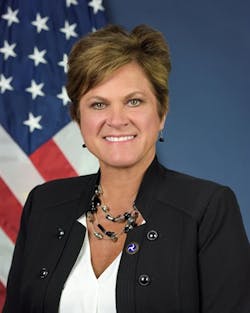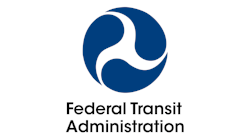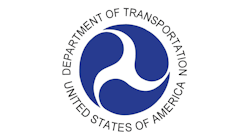In an announcement the U.S. Department of Transportation’s Federal Transit Administration issued two final regulations to strengthen the safety of public transportation systems, the Public Transportation Agency Safety Plan rule and the Safety Certification Training Program rule.
“These rules will help make the transit industry even safer than it is already today. Improving safety for the millions of daily passengers and workers who operate and maintain our nation’s transit systems,” said K. Jane Williams, acting administrator for the FTA. “The administration has taken a performance and risk based approach to the development of these safety rules and the data shows that the greatest safety risk that lies within the transit industry it is concentrated in urban areas and rail transit systems. As a result those rules are scaled to address the safety risk.”
The rules were introduced specifically in regards to the public transportation agency plan rule. The rule will require public transit agencies to incorporate safety management system (SMS) policies and procedures. SMS is a comprehensive and collaborative approach to safety and one that many transit agencies have not previously used.
“That will require certain transit agencies to develop safety plans to better manage their safety risk using a safety methods and principals in management system and principals as a guiding approach,” said Williams.
Williams explained that the FTA is looking at the rules and working toward determining a final cost for the transit industry. Williams added that the current estimated cost is $71 million in and NPN to $30 million on an annual basis. “Since no two systems are exactly alike the rule sets a scalable and flexible requirement for safety plans and imposes the least regulatory burden while making it significantly safer.”
With these actions, FTA has completed the regulatory framework for the National Public Transportation Safety Program as authorized by Congress.
“In addition FTA is differing affability for that role for small rural transit systems, because these operators pose a significantly lower safety risk. We continue to analyze those transit systems to determine a need for future potential for regulatory action. We will make guidelines available and assist transit agencies in the development of safety plans. Agencies must be in compliance with these rules by July 20, 2020.”
The safety plan rule takes effect on July 19, 2019, and compliance with the rule is required within one year of that date. In the coming months, FTA anticipates making guidance available to transit agencies that will assist in their development of safety plans and implementation of SMS.
"With regards to the public transportation safety certification program, that role establishes a basic training curriculum for rail safety personnel who are responsible for safety over-site of rail transit systems. That doesn’t apply to bus transit personnel, but we would encourage their participation in the program. This role will be regulatory in nature and reduces the burden from the current requirements by eliminating a course and creating opportunities for individuals to receive credit for completing equivlant, but non-FTA sponsored training courses," said Williams. "It will take effect on August 20, 2018 and each individual will have three years from that date to become certified. We’re continuing and will continue to work with our state industry partners to make public transit even safer than it already is today."
For more information on the FTA's rules, visit https://www.transit.dot.gov/regulations-and-guidance/regulations-and-guidance



